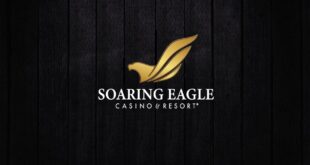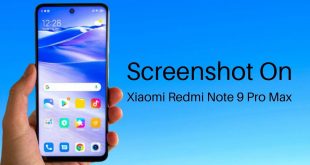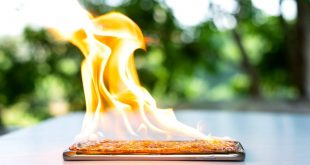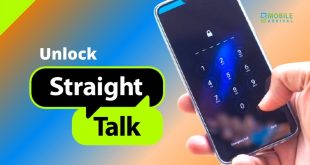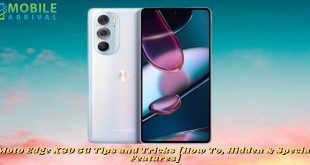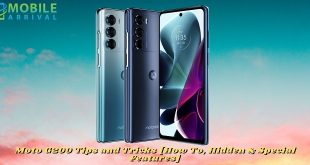Hello and thank you for taking the time to read this new Cell Phone Signal Boosters review. On the marketplace, there are thousands of various mobile phone signal booster designs.
And it’s difficult to determine them apart. But believe us when we say that not all of these are one and the same. When buying one, there are a few essential facts to evaluate.
Contents
- Top 10 Cell Phone Signal Boosters List With Details:
- 1. Cel-Fi GO X
- 2. HiBoost Home 15K: One of The Best Cell Phone Signal Boosters
- 3. SureCall Fusion4Home
- 4. Wilson Pro 70 Plus: One of The Great Cell Phone Signal Boosters
- 5. SureCall Fusion5x 2.0: Awesome Gadget Cell Phone Signal Boosters
- 6. Wilson Pro 1300 and 4300 lines
- 7. SureCall Force5 2.0
- 8. Cel-Fi Quatra 2000
- 9. We-Boost Drive Reach
- 10. We-Boost Drive 4G-X RV
Top 10 Cell Phone Signal Boosters List With Details:
1. Cel-Fi GO X
If you have a poor signal within your home or workplace, one booster specification is critical: amplifier gain. The amplification of a signal is a calculation of how much it is amplified.
There is one way to get a distinct gain advantage over other boosters, allowing you to intensify your signal to the maximum legal limit: use a “provider-specific” booster.
There are two types of boosters here in the industry: “broadband” and “provider-specific.” The most significant distinction would be that “provider-specific” systems can amplify signals by 100 decibels (dB), whereas “broadband” boosters could only amplify by about 65 dB.
The additional 35 dB gain will make a significant difference. Cel-Fi seems to be the only company that produces boosters tailored to individual service providers. And their strongest offering for small houses is the Cel-Fi GO X.
Though the GO X could only enhance one carrier’s signal at a moment and is a little more difficult to set up than most systems. It’s an excellent option if you have a bad signal elsewhere.
2. HiBoost Home 15K: One of The Best Cell Phone Signal Boosters
If the transmission outside the buildings is high enough, you do not need to buy a carrier-specific booster. A “broadband” accelerator will do the same job while saving you money and upgrade time.
Many of our consumers have shown a strong preference for the HiBoost Home 15K. HiBoost, a new Chinese smartphone maker, has crammed a number of features into a low-cost box. (When they’re a home audio company.
They would be similar to Denon in that they are a younger entrant to the industry, but they offer good quality and a plethora of features at a cheap price.)
The system has a downlink power output of 12 dBm. If there is a heavier outdoor signal. The transmit power output power specification has the most direct impact on the program’s coverage range.
The HiBoost Home 15K’s 12 dB downlink out capacity puts it on par with more costly options from Wilson and Sure Call. It also has an LCD panel that displays signal intensity ratings, identical to the Wilson Pro line of devices.
3. SureCall Fusion4Home
If you live in a smaller place with a fairly powerful outside signal (2 bars or maybe more). The SureCall Fusion4Home will further increase your coverage and is pretty simple to set up.
However, don’t expect a significant boost in a signal. What we pay for is what you’ll get. With two bars of exposure outside, you can hope to cover approximately 500 square feet of indoor area.
We also suggest getting this service with a yagi outside antenna and a panel interior antenna. The whip amplifier version of the system may save you some money, but it performs significantly worse.
4. Wilson Pro 70 Plus: One of The Great Cell Phone Signal Boosters
One from our most common signal boosting kits seems to be the Wilson Pro 70 Plus. And that for a valid reason: it provides superior value at an affordable price.
Including up to 70 dB gain as well as 10 dBm data link input capacity. The Wilson Pro 70 Plus nearly meets almost all of the FCC’s rules for “broadband” reinforcements. Those specifications indicate that it will provide adequate coverage, especially when the outside signal is high (2-3 bars or more).
5. SureCall Fusion5x 2.0: Awesome Gadget Cell Phone Signal Boosters
Surecall’s Fusion5X 2.0 is a great option for bigger houses and mid-sized offices. It is special in its price bracket because it is available with four throughout dome or panel antennas and has better gain and power dissipation efficiency than that of the Wilson Pro 70 Plus.
Despite its small scale, the Fusion5x can cover a wider area thanks to its supplementary antennas and energy.
One significant drawback of this package as opposed to the Wilson Pro 70 Plus but also Force5 2.0 is the inability to manually monitor the phone’s gain upon every band, to switch off specific bands, and to see what the machine will do on the LCD panel.
6. Wilson Pro 1300 and 4300 lines
The Wilson Pro 1300 and 4300 lines, including the SureCall Force5 2.0 are some of our most common mobile phone signal booster packages for large spaces.
These are big, promotional instruments that can cover wider areas than that of the other items on this page.
7. SureCall Force5 2.0
SureCall’s Force5 line of products has traditionally been recognized as a market pioneer in the industrial amplifier market.
SureCall increased the capacity and scope of the Force5 in the revised 2.0 version, which was released at the end of 2017. It also has some great new features, such as built-in network access and increased data link outdistance.
The increased downlink power provides much greater coverage than that of the prior generation system. Throughout the last decade, it’s indeed one of the strongest boosters money could buy, particularly for the price.
8. Cel-Fi Quatra 2000
Cel-Fi may have worked out a premium way to use all of the data transfer cablings that you will have running through your office workstation. The Quatra 2000 is the most recent addition to this series. The Quatra 2000, like its smaller sister, the GO X, can enhance signals by up to 100 dB.
This is 30 dB greater than equivalent boosters from other vendors and may make a dramatic contribution if the exterior signal is poor. Every Quatra 2000 device, however, can only accommodate two carries at a moment.
If you require all four airlines, you would need two schemes. Regrettably, Cel-Fi does not authorize us to publish pricing for these products, however, we can happily quote you a solution.
9. We-Boost Drive Reach
The latest we-Boost Drive Reach is an extremely effective in-vehicle transmission booster. The Drive Reach provides the highest FCC-allowable gain of 50 dB for bandwidth in-vehicle promoters, as well as greatly enhanced uplink and downlink capacity.
As contrasted to the we-Boost Drive 4G-X. The capacity factor for a standard cellphone (uplink) dBm is improved by up to 5 dBm, while data transmission power increases from 2 – 3 dBm to over 5 dBm on both bands.
We-Boost pays great attention to detail in its offerings. One minor example: the Drive Reach arrives with specialized mounting hardware that allows the exterior antenna to be mounted on non-magnetic vehicles (such as RVs, fiberglass, and every other non-steel vehicle).
If you need a booster for your car or truck, the we-Boost Drive Reach is hard to top. One piece of advice: for optimal efficiency, position your phone directly against the in-vehicle transmitter.
We-Boost’s 4G-X OTR, which requires a clamping forklift transmitter, is another powerful smartphone booster for big vehicles.
10. We-Boost Drive 4G-X RV
Nothing matches the Drive 4G-X RV when it comes to RV signal boosters. With 50 dB gain, this same Drive 4G-X smartphone amplification at the center of this package is among the most efficient boosters platform for android use.
The RV version of we-Boost’s Drive 4G-X package includes everything that you need to mount your device in an RV, such as an Omni-directional antenna external antenna, a laptop indoor transmitter, and that both AC and fused hardwire voltage regulators.
 Mobile Arrival Smartphones and gadget reviews, news and more.
Mobile Arrival Smartphones and gadget reviews, news and more.
